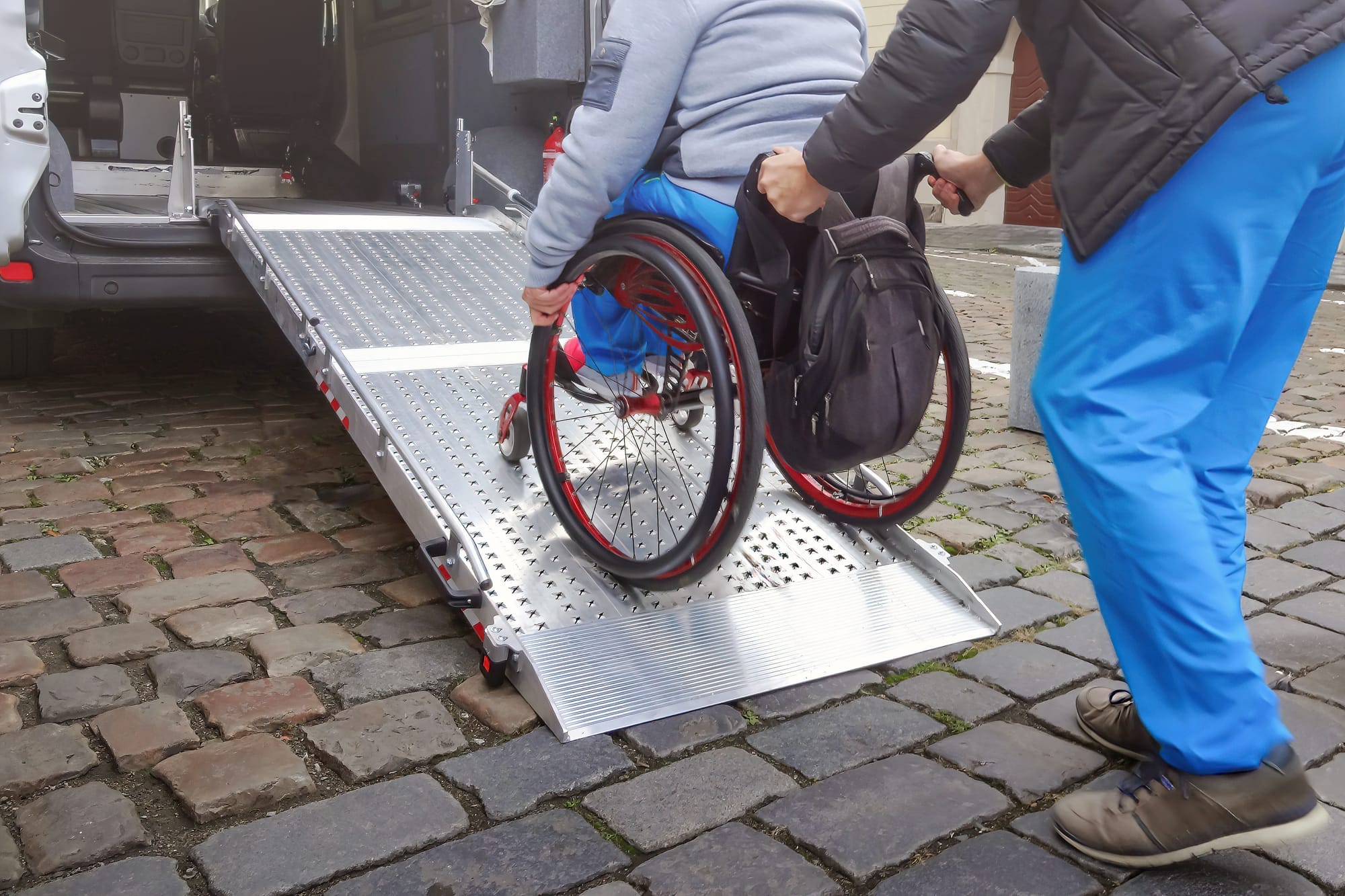
Different Types of Wheelchairs
Different Types of Wheelchairs: A Practical Guide to Making the Right Choice
Choosing a wheelchair isn’t like buying a regular piece of furniture. It becomes part of your daily routine, affecting where you go and what you do. With so many options out there, let’s cut through the noise and talk about what actually matters.
Manual Wheelchairs: The Traditional Choice
Manual wheelchairs have been around for decades, and they’re still popular for good reasons. These chairs need either your arm power or someone pushing from behind to move around.
Standard manual models are what most hospitals and clinics use. They’re straightforward—two big wheels in back, two smaller ones up front. If your arms are strong enough, you grab those hand rims and push yourself forward. Otherwise, someone else handles the steering. These chairs cost less than motorized versions and need minimal upkeep.
Lightweight manual chairs swap out heavy steel for aluminum or titanium. The difference? About 10-15 pounds less weight. That might not sound like much until you’re lifting your chair into a car trunk three times a day. Yes, they’re pricier than standard models, but many users say the convenience justifies the extra expense.
Transport wheelchairs work differently. All four wheels are small, which means you can’t push yourself. These are strictly for situations where someone else provides the muscle—shopping trips, medical appointments, that sort of thing. They fold up nicely and don’t take much trunk space.
Understanding Ambulatory Wheelchairs
This category confuses people at first. An ambulatory wheelchair isn’t for someone who never walks—it’s for someone who walks sometimes.
What does ambulatory wheelchair user mean? Picture someone who can walk from their bedroom to the kitchen just fine, but a walk through an entire shopping mall? That’s too much. The ambulatory wheelchair meaning centers on this idea: you have walking ability, just not unlimited walking ability.
When people research “what’s an ambulatory wheelchair,” they usually discover it’s about managing energy. Maybe arthritis flares up after too much standing. Perhaps your breathing condition makes long walks exhausting. The chair isn’t admitting defeat; it’s extending your range.
Ambulatory wheelchair use spans numerous health situations. Ambulatory wheelchair fibromyalgia patients often need this flexibility—mornings might feel okay, but afternoons bring severe fatigue. The chair lets them participate in activities that would otherwise be impossible.
Look at some ambulatory wheelchair user examples: a teacher who walks around her classroom but needs wheels for school assemblies. A grandfather who strolls around his yard but uses a chair at the zoo with his grandkids. A shopper who walks through small stores but relies on wheels at big box retailers.
Regarding ambulatory wheelchair cost, manual versions typically range from $150 to $800. Features like cushioning, frame material, and wheel quality affect the price. If you’re asking “ambulatory wheelchair co to” (Polish for “what is this”), think of it as a mobility bridge—you’re not fully wheelchair-dependent, but you’re not entirely independent on foot either. Budget-tight? Consider reading about whether used wheelchairs make sense for your situation.
Want more details? Check out this article: What Is an Ambulatory Wheelchair User?
Power Wheelchairs: Battery-Operated Independence
Electric wheelchairs changed everything for people who lack upper body strength. Corrchrol Mobility and other manufacturers now offer incredibly sophisticated motorized options.
Standard power chairs use joystick controls—push forward to go, pull back to reverse, simple as that. Batteries provide hours of operation before needing a recharge. These chairs handle indoor spaces and outdoor sidewalks equally well. Weight capacities vary from around 250 pounds up to 450 or more.
Heavy-duty power wheelchairs accommodate larger body types. Reinforced frames, wider seats (sometimes 24-30 inches), and capacities exceeding 600 pounds make them suitable for bigger users. The suspension systems often handle rougher terrain better too.
Portable power chairs sacrifice some features for convenience. They disassemble or fold, making car transport feasible. You won’t get the same comfort or battery life as full-size models, but you gain travel flexibility.
Some folks are ambulatory power wheelchair users—they walk short distances but need motorized help for anything longer. Same concept as manual ambulatory chairs, just with a battery doing the work.
Electric chairs aren’t perfect, though. Read about disadvantages of electric wheelchairs before committing—battery maintenance, repair costs, and weight all factor into the decision.
Specialized Wheelchair Types
Beyond basic categories, manufacturers create chairs for specific purposes.
Sports Wheelchairs: These aren’t your hospital chairs. Angled wheels provide stability during quick turns. Lightweight frames maximize speed. Custom seating positions optimize performance for basketball, tennis, racing, or rugby. Athletes spend thousands customizing these chairs because tiny adjustments affect competition results.
Standing Wheelchairs: Some chairs lift users from seated to standing position. Why? Standing improves circulation, maintains bone density, and reduces pressure sores. If you spend 12+ hours daily in a wheelchair, standing capability offers real health benefits.
Reclining and Tilt Wheelchairs: Reclining chairs let the backrest drop backward. Tilt-in-space chairs angle the entire seat backward while keeping your body position constant. Both types help redistribute pressure and improve comfort during long sitting periods. They’re essential for users who can’t reposition themselves independently.
Bariatric Wheelchairs: Wider seats (20-30+ inches), reinforced frames, and higher weight capacities define this category. These chairs ensure safe, stable mobility for larger individuals.
Pediatric Wheelchairs: Kids need different dimensions than adults. Pediatric chairs feature smaller frames with adjustable components that expand as children grow, maximizing the chair’s useful life.
All-Terrain Wheelchairs: Beach sand, hiking trails, gravel paths—regular wheelchairs struggle with these surfaces. All-terrain models use wider tires, enhanced suspension, and sometimes tank-like treads to handle rough ground.

